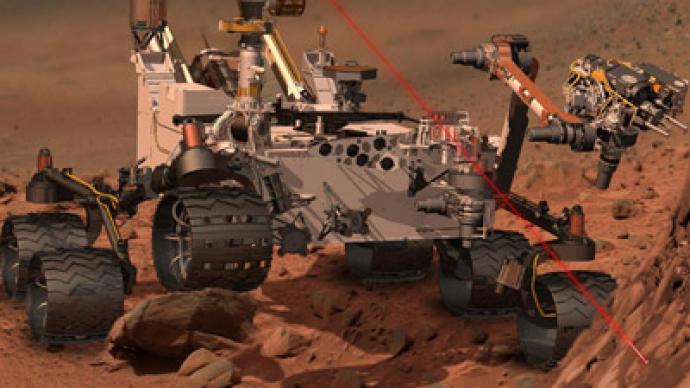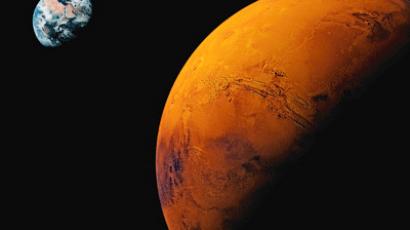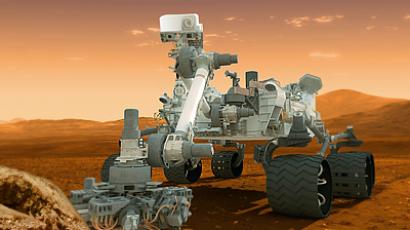Lei of the land: Curiosity Rover finds similarities in Hawaiian and Martian soil

Mars is tens of millions of miles away from Earth, but the planet’s soil isn’t worlds away from what is found in the Aloha State. NASA’s Curiosity rover has determined that soil on Mars contains minerals similar to dirt found in Hawaii.
In its first-ever detailed X-ray of Martian soil, Curiosity has used one of its instruments to extract minerals from a Martian soil sample. Both feldspar and olivine – minerals typically associated with volcanic eruptions – were found in the specimen.
NASA scientists say the soil is similar to the volcanic soil surrounding Hawaii’s Mauna Kea volcano.
Around half of the soil is non-crystalline materials that form from the breakdown of rocks, similar to volcanic glass.
The information could prove invaluable for scientists at NASA, who plan to use the information to figure out if Mars could have supported and preserved microbial life. They also aim to determine what conditions once existed to allow the particular minerals to form.
"This interest isn't just academic," scientist David Vaniman from the Planetary Science Institute said in a statement. "Soils on planets' surfaces are a reflection of surface exposure processes and history, with information on present and past climates."
But Curiosity’s first soil sample wasn’t the only “first” achieved by the rover. The analysis marks the first time that a technology known as X-ray diffraction has been used to analyze soil on another planet.
X-ray diffraction involves the shooting of X-rays into samples made of crystalline materials. The way in which the X-rays bounce off the crystals informs scientists of their chemical makeup.
Although the technology has been around for a century on Earth, using it on Mars required years of work to scale down large equipment into something that would fit into the size of a shoebox.
“This was a 22-year journey and a magical moment for me,” NASA’s David Blake, lead scientist for the rover’s mineralogical instrument, said in a statement to reporters.
Curiosity landed on the Martian equator in August, for a two-year mission – at the cost of $2.5 billion.
It’s currently scouting out a site where three types of rocks intersect. Scientists will then drive it over to Mount Sharp – a three-mile mound of sediment.
“We’re hopeful that once we get into the truly ancient materials on Mount Sharp, we will find minerals that suggest there was a habitable environment of some kind there. We haven’t had that happen yet, but we have a lot of time left,” Blake said.














